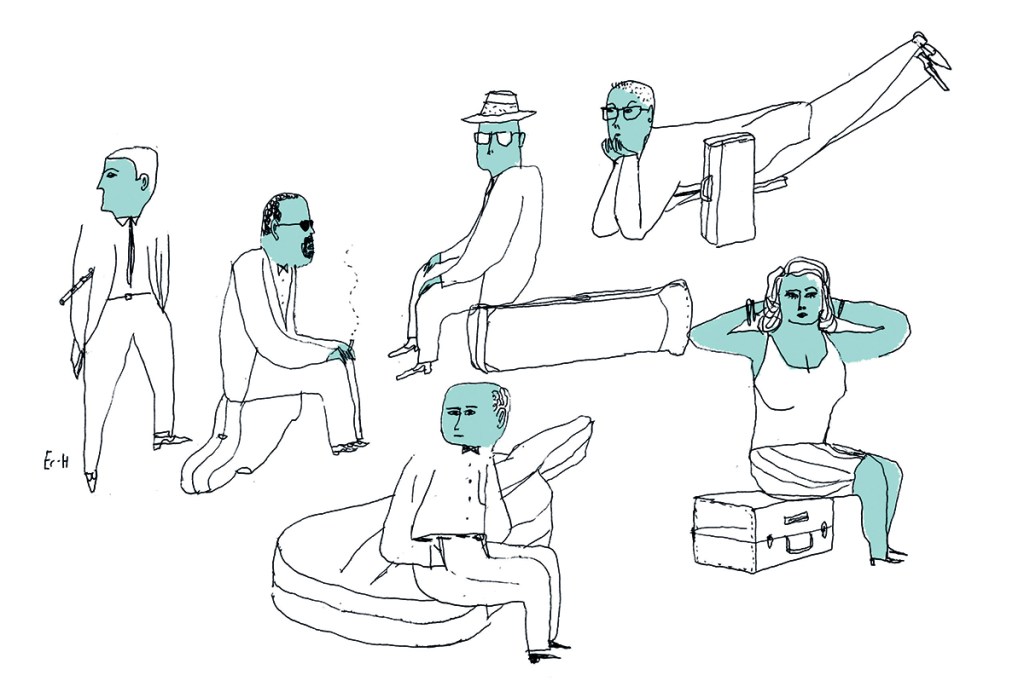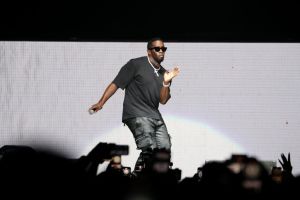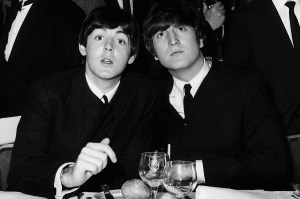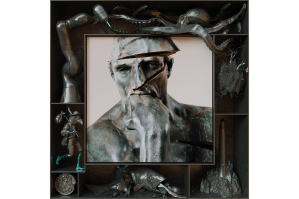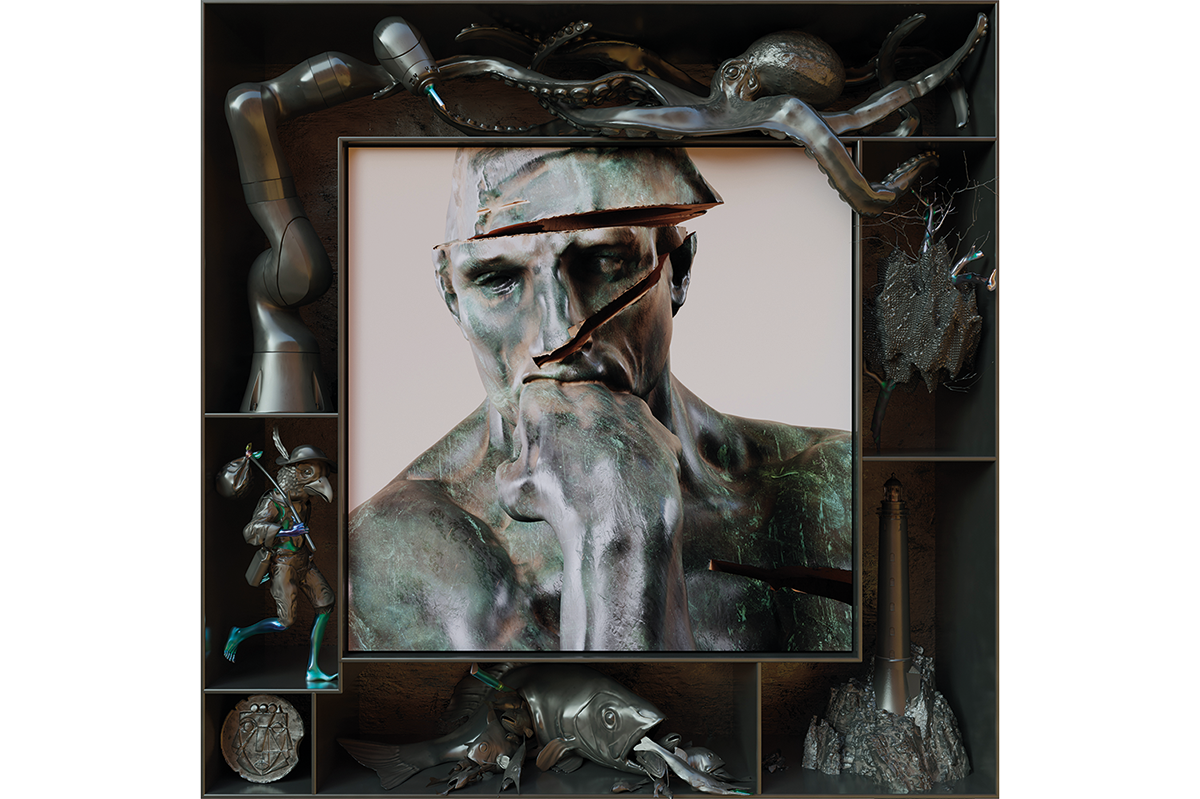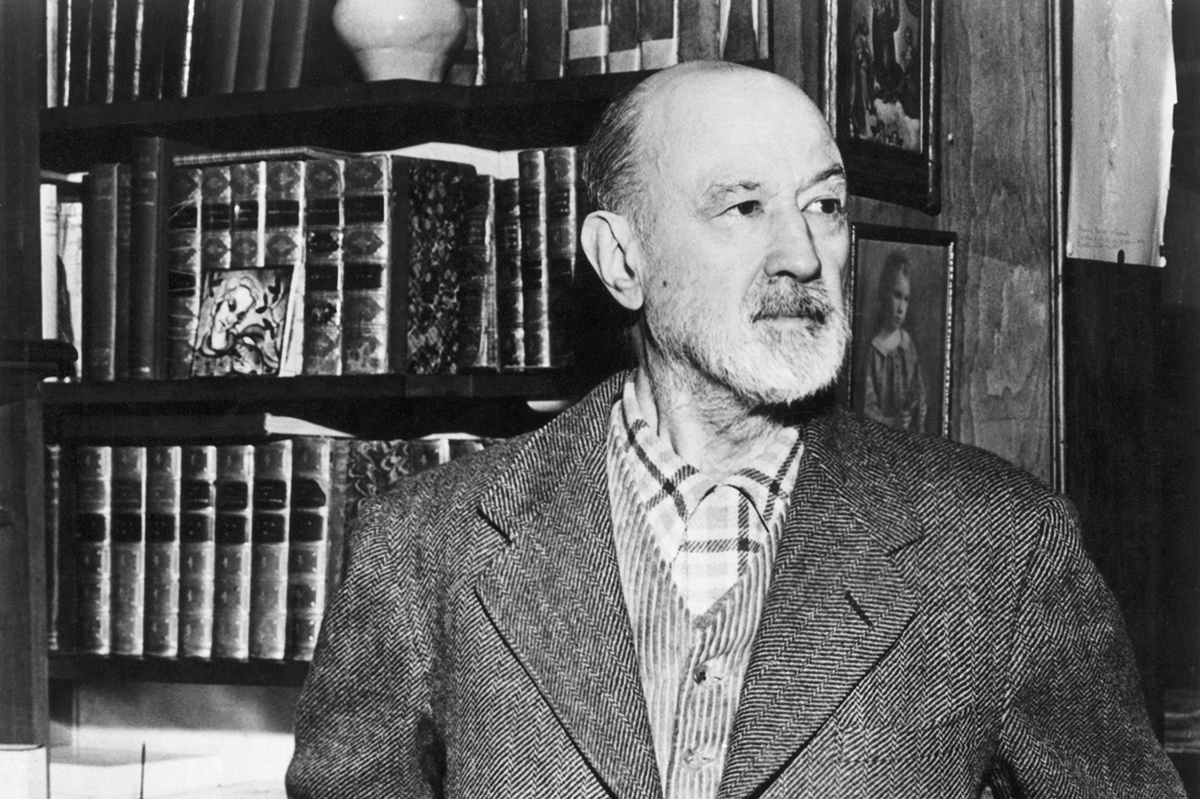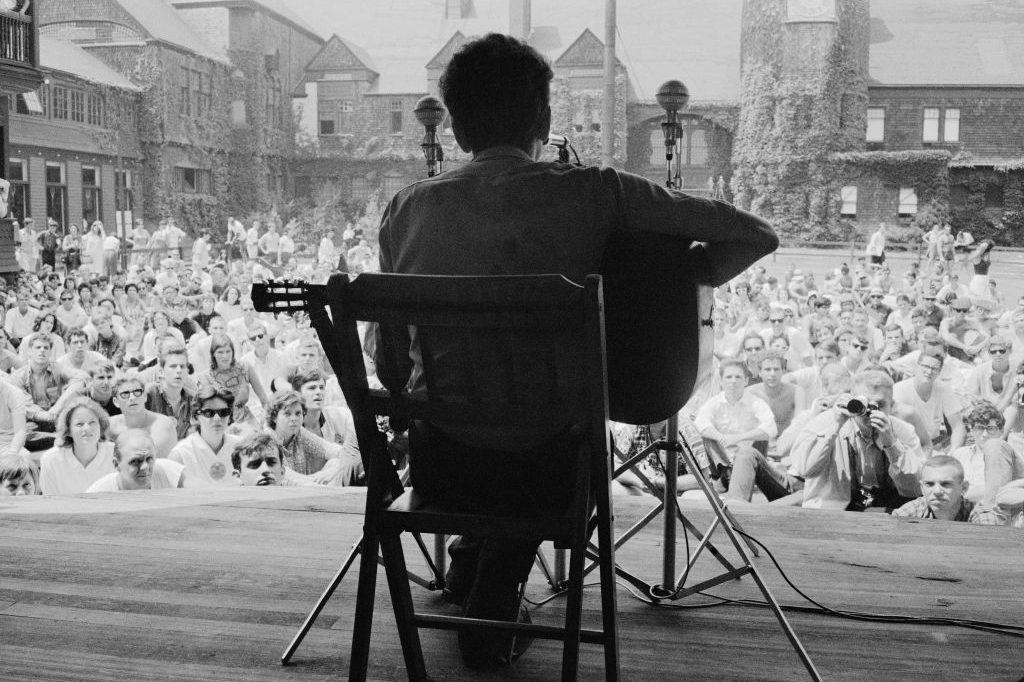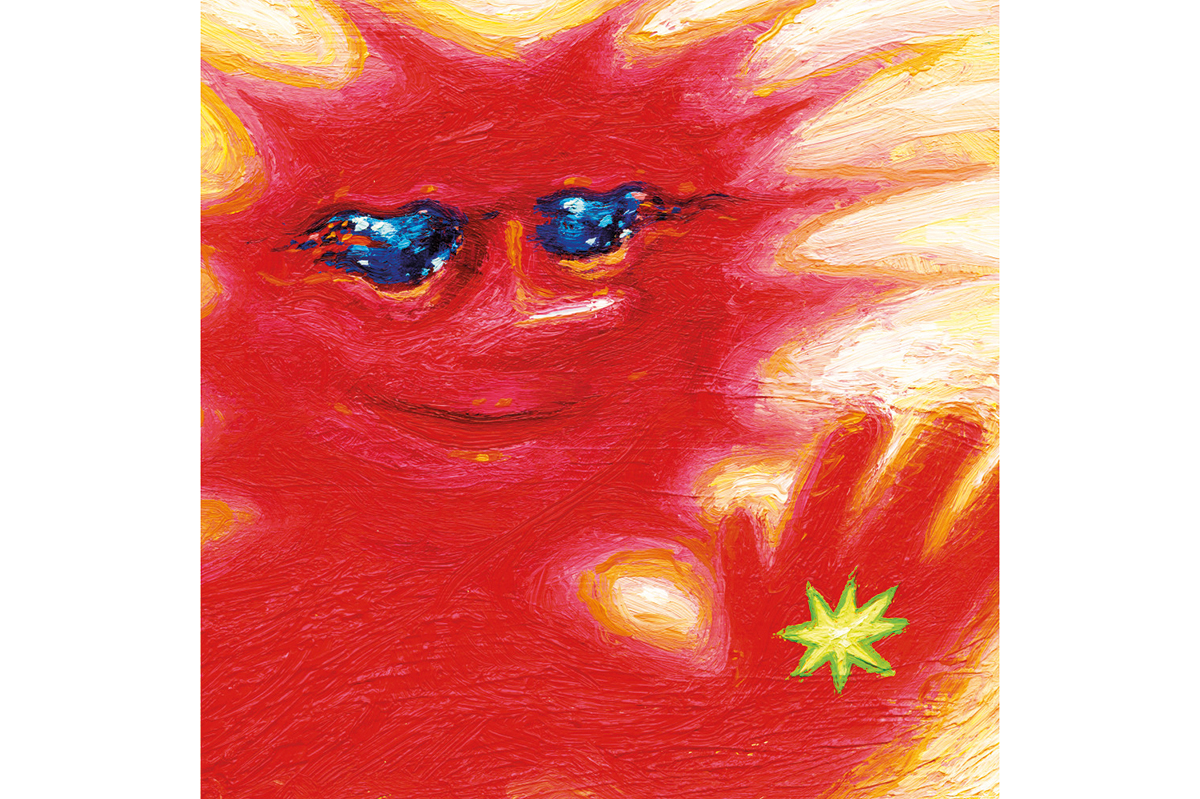The jazz world has seen more than its share of tragic deaths, whether it was the trumpeter Clifford Brown perishing in a car crash at night on the Pennsylvania Turnpike at the age of 25 or saxophonist John Coltrane succumbing to liver cancer at 40. But perhaps there is no more confounding early demise than that of the bravura trumpeter Lee Morgan. Morgan, who played with the likes of Miles Davis, Dizzy Gillespie and Art Blakey as a teenager, was known for his swagger, which he liked to call ‘expoobidence’, (which he deployed as the title for an album for Vee-Jay records in 1960 called Expoobident).
It all came to a swift terminus in February 1972 after his common-law wife Helen, a tough cookie if there ever was one, pulled out a .32-caliber revolver after she caught him with a younger woman during a late-night jazz set at the all too aptly named Slugs’ Saloon in the East Village. A blizzard raging outside meant that it took over an hour for an ambulance to arrive while the diminutive Morgan bled to death at the age of 33. Over a thousand mourners showed up at the Church of the Advocate, a towering gothic structure, to see him lying in state in Philadelphia before the funeral service in the evening where a soprano led the congregation in the gospel song ‘Precious Lord, Take My Hand’. As a new 12-album release from Blue Note Records of Morgan’s live sessions with his quintet at the Lighthouse in Hermosa Beach, California, reminds us, they were mourning not only the death of Morgan, but also what amounted to the end of a jazz epoch.
Morgan, who was born in Philly on July 10, 1938, was imbued with a love for jazz by his older sister Ernestine, a gifted organist and pianist who took him along to concerts as a tyke. When he turned 13, she bought him a trumpet. They jammed together and he turned out to be a prodigy. In 1956 he replaced the trumpeter Joe Gordon in Gillespie’s band, and two years later he was featured on Coltrane’s seminal Blue Train. The critic Nat Hentoff wrote that listening to Morgan’s coruscating solo soar out from Gillespie’s big band at Birdland in 1957 on ‘Night in Tunisia’ was ‘literally unforgettable’. Soon Art Blakey scooped Morgan up for his Jazz Messengers band. Morgan recorded no fewer than 25 albums for Blue Note alone, including Candy and The Sidewinder. The latter, a 24-bar blues rooted in a funky boogaloo rhythm, was a smash hit in 1964 and bolstered the label’s iffy finances. Like not a few younger musicians who cut their musical teeth under Blakey, Morgan also picked up a nasty drug habit from the drummer. It led to the breakup of his marriage and ultimately to the implosion of his career. As he drifted about on Skid Row, Morgan was reduced to pawning his trumpet. It seemed he was a spent force. Enter Helen Moore. The Netflix documentary I Called Him Morgan explains that after they met in 1967, she became his new Ernestine, cajoling him to clean up his act and practice his instrument. By 1970, Morgan was back. In the valuable and compendious liner notes that accompany this LP set — the only time, incidentally, that Morgan’s playing was captured live — Howard Rumsey, the musical director of the Lighthouse, observes that ‘Lee lifted the band and the listeners every night with his free swinging effortless, inspiring, personal, pixie-like style. He was a young man, already older than his years, thrilled with his talent and the wonders of the world around him and those ahead of him.’
Morgan was searching for a new musical path forward, following but not retreading the bebop era. The new documentary Fire Music, a fascinating homage to free jazz which I recently saw at the Film Forum in Manhattan, notes that a number of its exponents had their origins in the bebop movement before going on to liberate themselves from its harmonic strictures. Many of them simply went haywire. Morgan might have been able to help chart a way out of the abyss that jazz plunged into during the 1970s, when self-indulgent wailings, more often than not, substituted for genuine musical insights.
This is why the Lighthouse recordings are so revelatory. Even on a warhorse like ‘Sidewinder’, Morgan, drummer Mickey Roker and tenor saxophonist Bennie Maupin break new ground that, in its intensity and passion and imagination, exceeds anything on the original 1964 Blue Note recording. But they also display plangent depth on the tune ‘Neophilia’, whose very title sums up what Morgan and his colleagues were trying to accomplish. What Dr Johnson said about the man who is tired of London being tired of life could also be said of anyone who remains immune to the charms of this extraordinary collection.
This article was originally published in The Spectator’s November 2021 World edition.



